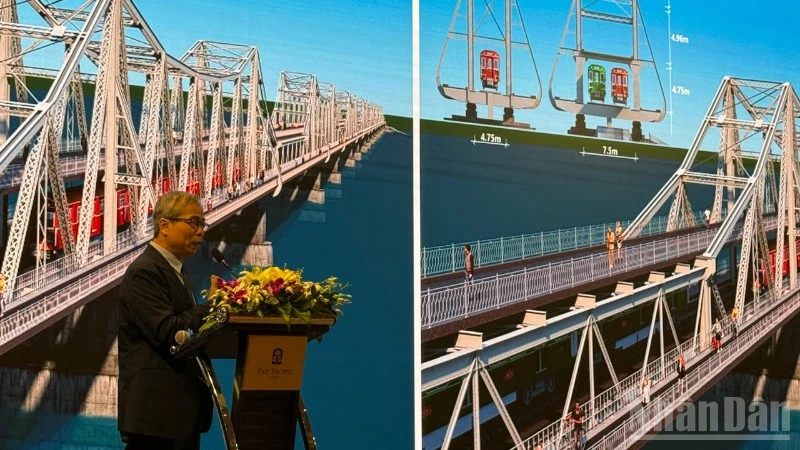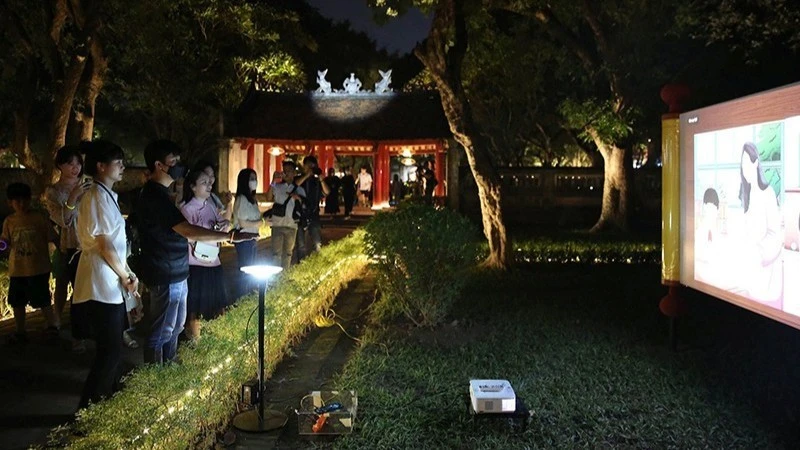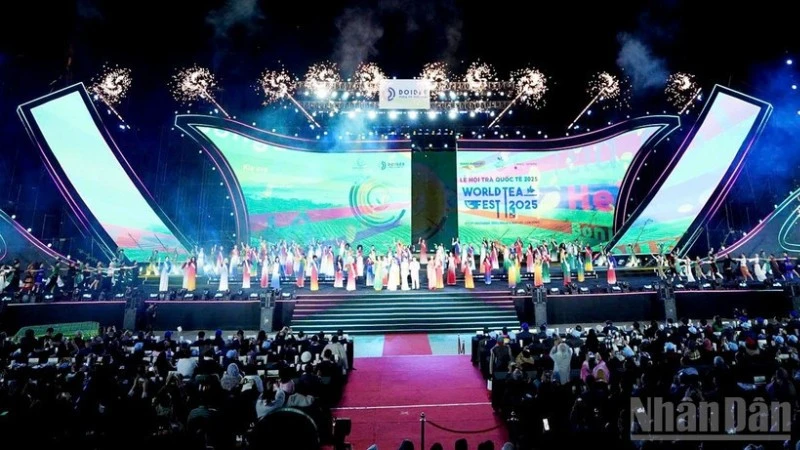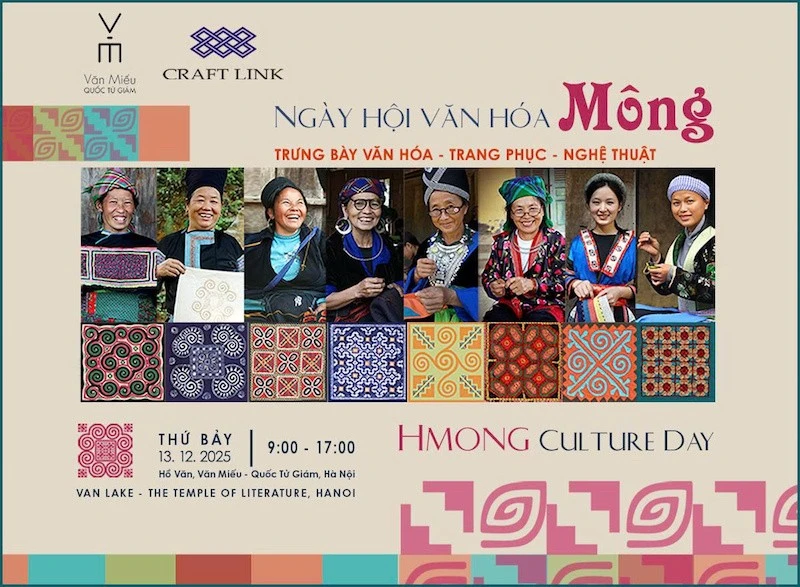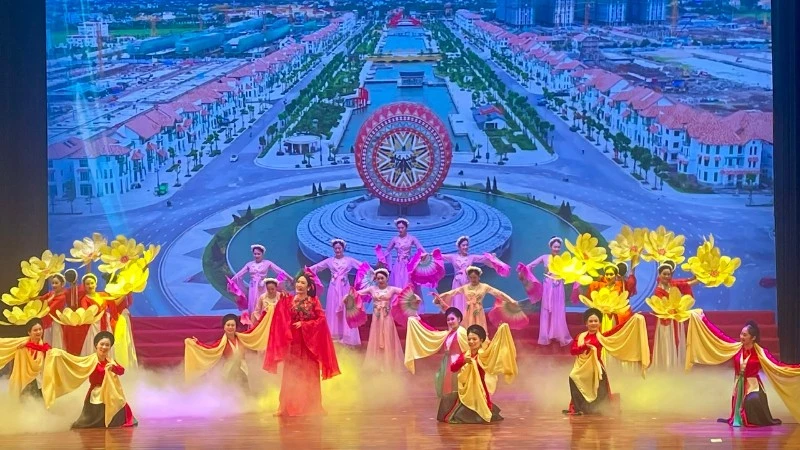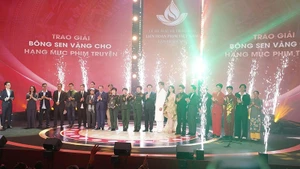Long Bien Bridge (formerly known as Paul Doumer Bridge) is a steel structure designed by the French firm Daydé & Pillé and completed in 1902.
Over its 120 years of existence, Long Bien Bridge has stood as a historical witness and become an iconic symbol of Ha Noi.
The capital city has many major works, yet Long Bien remains the only railway bridge connecting central Ha Noi with the northern provinces. The bridge has seen seriously degradation and has been repeatedly repaired to ensure safety, but such repairs have only been temporary measures.
As a valuable architectural heritage, Long Bien Bridge requires long-term preservation solutions. At the same time, appropriate measures must be taken to make effective use of the bridge, especially to highlight its cultural and historical value.
In 2024, the French Government funded a project to study the restoration of Long Bien Bridge through the FASEP Fund, with a total budget of 710,510 EUR (over 22 billion VND). The Artelia company conducted a comprehensive condition survey, built a 3D model of all 19 bridge spans, analysed the impacts of climate and hydrology, and proposed emergency reinforcement solutions, including medium- and long-term repairs as well as long-term use scenarios.
At the workshop, experts announced the results of surveys and assessments of the bridge’s current condition. These included evaluations of the steel structures, the bridge pier connections, and the railway system on the bridge.
The survey results showed that restoring the bridge is an urgent task to ensure traffic safety. In its future development plans, Hanoi will organise additional railway lines connecting the two banks of the Red River.
Experts proposed that Ha Noi should clearly define the function of Long Bien Bridge in the coming period. The bridge could still serve as a railway route if renovated, combined with use for light traffic vehicles. Alternatively, it could be transformed into a cultural and tourism space.
The workshop also heard opinions on the experience of preserving metal bridges in France. In Paris alone, there are currently six metal bridges built in the same period as Long Bien Bridge. The city government has implemented measures to preserve, use, and promote the value of these bridges.
Delegates also listened to proposals to renovate 131 stone archways along the railway line leading from Long Bien Bridge into the city centre. If renovated appropriately, this area could become an attractive cultural-commercial-tourism space for the capital city.
Opinions expressed at the workshop agreed that the renovation of Long Bien Bridge must harmonise technical and traffic safety requirements with the preservation of its cultural and historical values.
The recommendations from the workshop will serve as a basis for the Ha Noi People’s Committee to choose the optimal plan to preserve and promote the value of Long Bien Bridge. The restoration is not only aimed at saving a 120-year-old structure, but also at creating an opportunity to redevelop the Red River’s banks, thus fostering sustainable urban development for the capital city.
